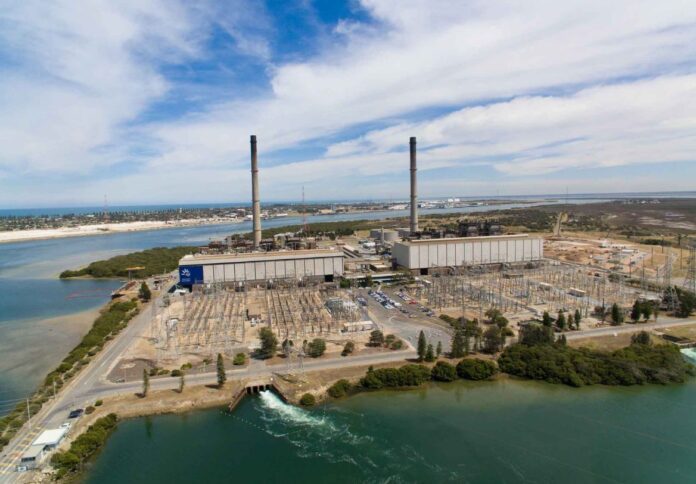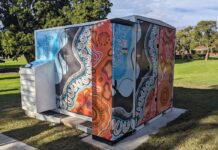
Media Release by ARENA
On behalf of the Australian Government, the Australian Renewable Energy Agency (ARENA) has today announced $422,582 in funding for AGL Energy Limited (AGL) to investigate the viability of retrofitting the Torrens Island Power Station B in South Australia with thermal energy storage technology.
The $1.01 million total feasibility study would investigate options to use grid electricity to charge the thermal energy storage and discharge through one of the power station’s existing 200 MW steam turbines, which ordinarily runs on gas, when electricity is required on the grid.
The study will test the feasibility of repurposing existing electricity infrastructure at sites like Torrens Island to be powered by renewable-powered electricity and energy storage.
AGL’s feasibility study will be conducted over approximately 12 months, with two shortlisted manufacturers to be looked at for the thermal solution, with a view to establish the technical and commercial feasibility of the chosen preferred solution:
- Kraftblock (Germany): Utilising synthetic pellets comprising up to 85 per cent recycled material as the heat storage medium to achieve operating temperatures of up to 1300°C
- MGA Thermal (Australia): Utilising proprietary Miscibility Gap Alloy (MGA) technology as the heat storage medium to achieve operating temperatures of up to 760 °C. MGA Blocks are purpose-invented and used in thermal energy storage systems which deliver continuous high temperature heat or electricity that is safe, low cost and high capacity.
The Australian Energy Market Operator in its 2022 Integrated System Plan indicated the National Electricity Market (NEM) will need more than 60 GW of dispatchable generation and storage by 2050 to support the uptake of renewable energy.
The most pressing utility-scale need in the next decade is for medium-duration (4 to 12 hours) storage to manage daily variations in solar and wind output to meet customer demand as coal power stations are shut down.
Findings from the feasibility study are expected to be replicable and scalable with other thermal generators across the NEM, with technology providers being able to benefit from the information.
ARENA CEO Darren Miller said the study will explore the role thermal energy storage can take in allowing higher levels of renewable energy production across the NEM by repurposing existing power stations and energy infrastructure.
“AGL’s study comes at an important time when we need to look at all options for renewable energy storage. As thermal power stations close, there could be an opportunity to retrofit these sites as we head towards net zero emissions,” Mr Miller said.
“Given the potential long lead time and geographic constraints of other storage technologies, alternative pathways such as retrofitting existing power stations with thermal energy storage could be a viable solution to add to the mix and address Australia’s medium duration storage requirements. It also provides an opportunity to extract further value from existing infrastructure such as grid connection and transmission lines.”
AGL Chief Operating Officer Markus Brokhof said the thermal battery feasibility study demonstrates AGL’s commitment to fast-tracking decarbonisation and investing in innovative technology and energy solutions.
“This is one of the first feasibility studies to look at how a thermal battery could reduce costs and lower emissions for gasfired power stations.
“Future studies will also look at how to replicate and scale thermal batteries, allowing them to be rolled out as an energy solution for commercial and industrial customers requiring heat,” said Mr Brokhof.



















